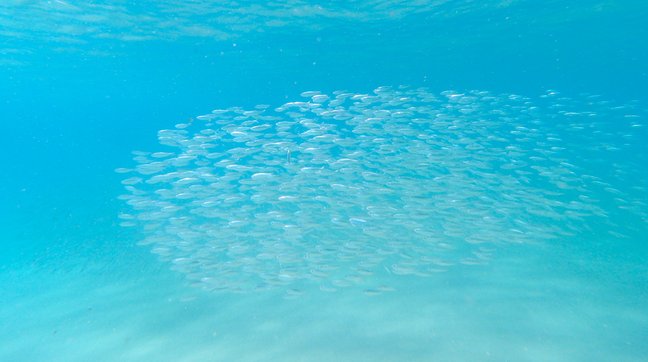Same species, same conservation measures? Shallow marine areas are characterised by their particularly high biological diversity, especially in the tropics. However, protecting this diversity poses a challenge, as many species still remain to be described scientifically, and yet their populations are already threatened by overfishing. This even applies to globally popular edible fish that are known by traditional fishers and consumers, but that cannot be officially protected without their formal description. An international team led by Dr Ricardo Pereira has now investigated how many distinct fish stocks exist within an as of yet undescribed sardine species, and how climate cycles affect their genetic diversity, offering insights into their sustainable management.
With the help of genomic analyses and computer-aided modelling, Pereira's team shows that there are two populations of this species that are geographically separated from each other and should be recognized as independent fish stocks: one lives along the 6000 km of the Brazilian coast, the other in the Fernando de Noronha archipelago over 300 kilometres from the mainland. Despite this relative short distance for a sardine, deep underwater valleys prevent these two populations from connecting with each other and lead to different evolutionary histories during climate cycles. While the coastal fish stock has increased significantly, the island stock has declined. These observations contradict the common assumption that mobile sea creatures such as fish can always move and mix freely. For shallow-water species, such as the sardine studied, currents and climate-related fluctuations in sea level could represent barriers that strongly influence the development of populations, and therefore such differences between stocks must be recognized in conservation measures.
Sardines of the genus Harengula play an important role in the regional fishing industry. Especially off the islands of the archipelago, where no other species of sardines or herring can be found. In its study, Pereira's team argues that appropriate conservation measures should be individually adapted to these separate populations in order to permanently preserve genetic diversity within the species. After all, only if the genetic diversity within a species is high enough can it cope well with different habitats and changing environmental conditions in the long term.
